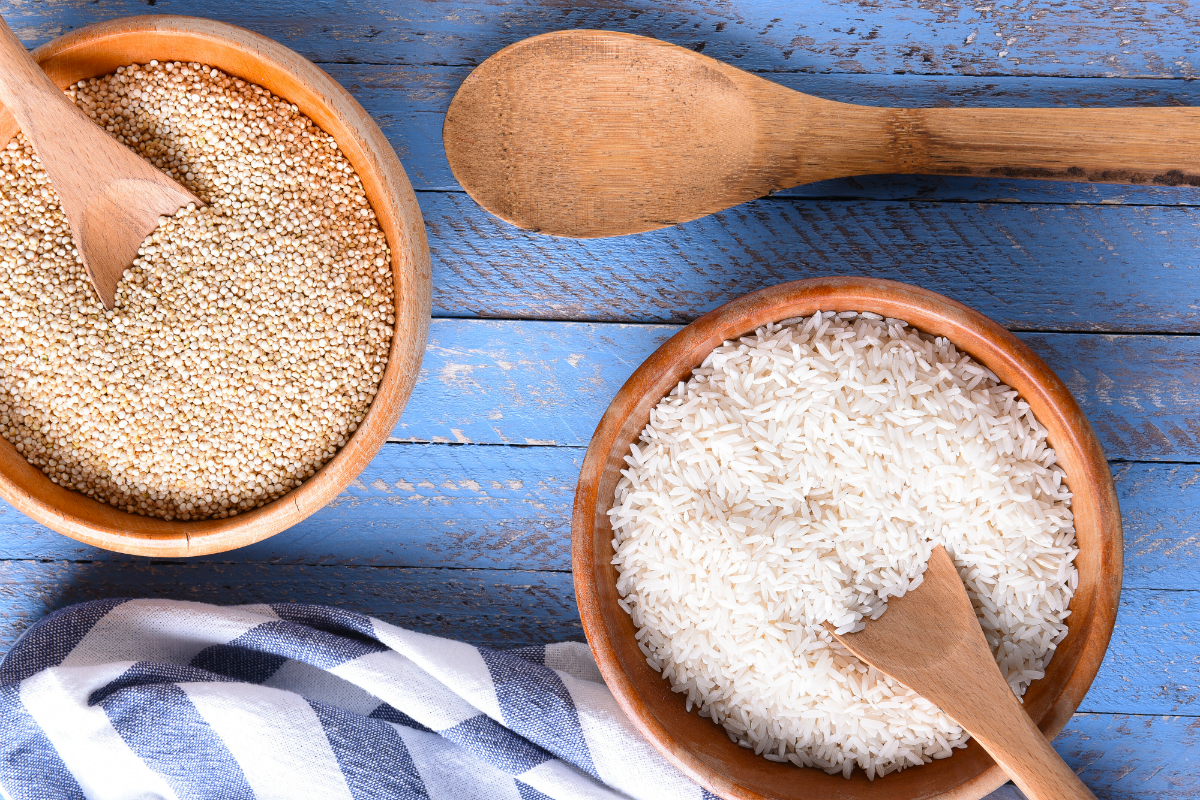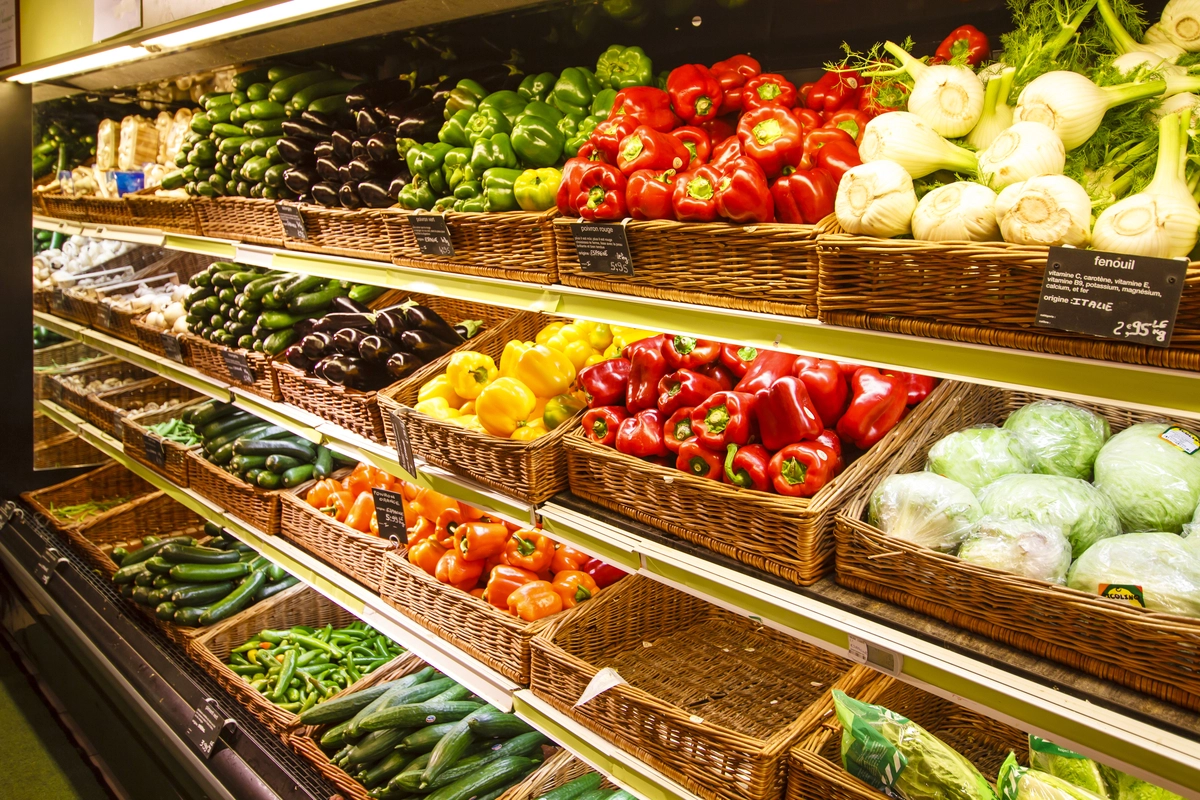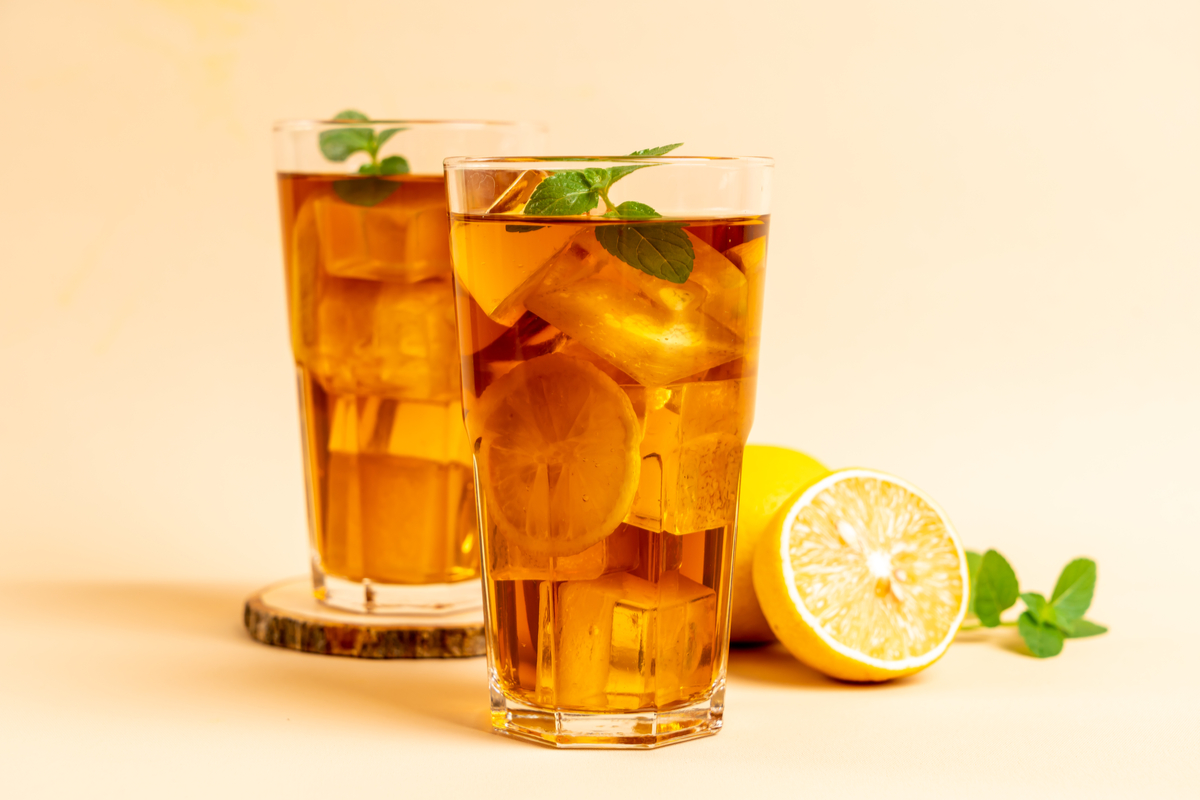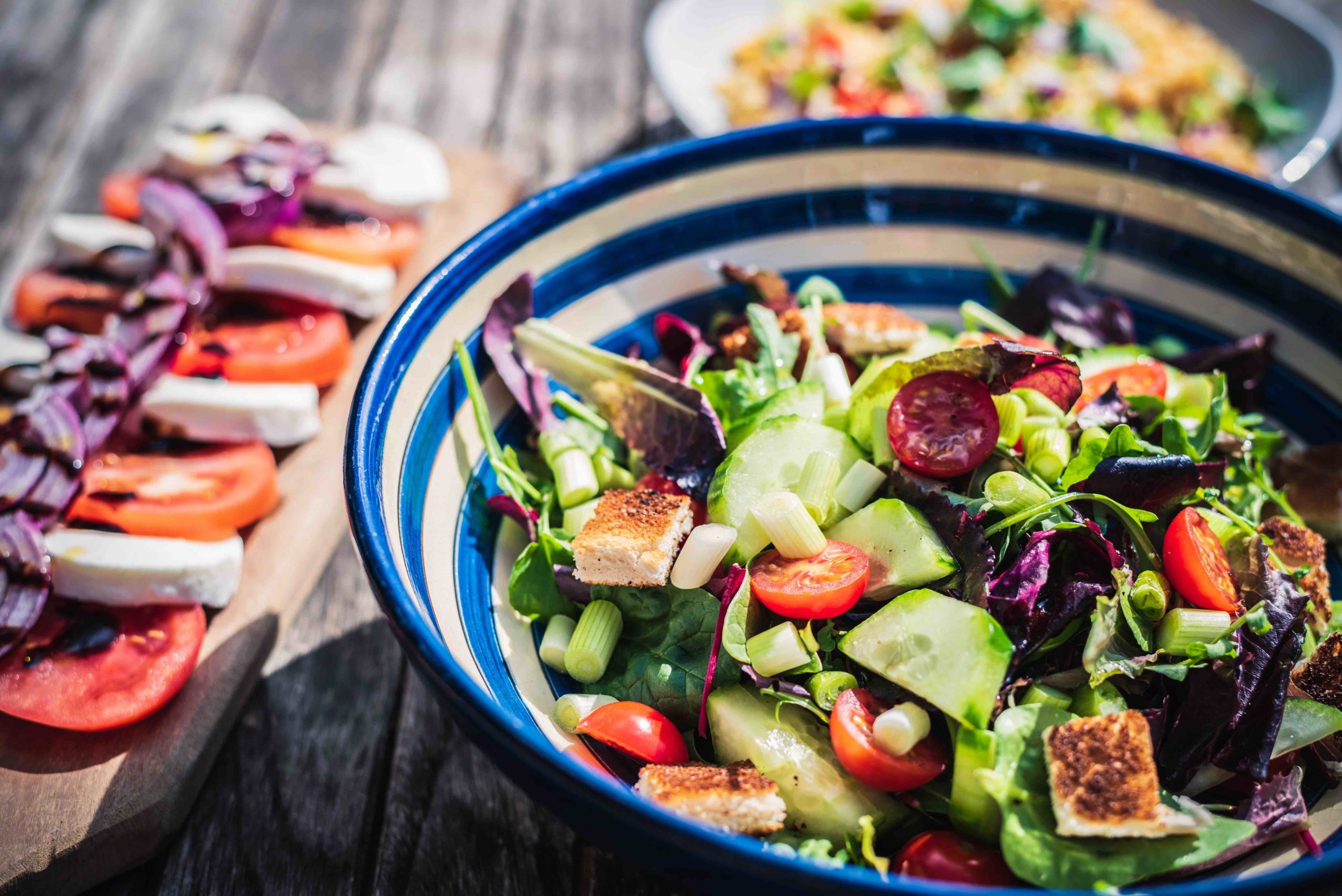It’s important to first acknowledge that brown rice and quinoa, although culinarily similar (both are boiled in roughly 1 ½-2 parts water to 1 part grain), these two foods are from different parts of the plant kingdom: Brown rice is a grain and quinoa, a pseudo-grain, is more closely related to a seed. Both brown rice and quinoa offer very different and equally valuable properties.
Since they’re both vying for a place in your Buddha Bowl, let’s break down what each brings to the table to help you make the right choice next time you’re standing in the grocery store aisle debating.
Is quinoa good for you?
Yes, quinoa is good for you. Quinoa is high in fiber, is a complete amino acid and is a high protein carbohydrate. Quinoa is also high in vital vitamins and minerals.
Quinoa is a seed, but it is composed of carbohydrates. Half a cup of quinoa contains around 19 grams of carbohydrate, while brown rice contains 22 grams. A negligible difference, so depending on your needs, one or the other of these may be a better choice for you.
Quinoa calories
If you’re tracking the energetic value of the foods you’re taking in, there’s little difference between brown rice and quinoa when it comes to calories. There are 111 calories in a 1/2 cup of quinoa.
Quinoa protein and carbohydrates
The body uses protein to build tissue, produce energy, and create reserves of stored fuel. Many grains are great sources of protein, but tend not to be complete sources unless combined with a bean or legume. (Between the grain and legume, all of the amino acids that make a complete protein are represented.)
Quinoa is a seed that is full of fiber and has 2.5 grams of protein per serving. Quinoa is a complete protein that provides all of the essential amino acids. This makes quinoa a great protein option for people reducing their meat intake.
Grains are one of a few key carbohydrate sources we can select when creating a balanced diet. In addition to veggies and fruit, grains provide this important source of energy, which the body breaks down into sugars to move our muscles, power the brain and keep bodily processes happening.
Of course, a low-carbohydrate diet can be valuable for some people, like those with a metabolic condition or those on a Paleo-inspired, grain-free diet. Higher carb plans are great for elite athletes or those living very active lives requiring ample, easy fuel. Everyone else lives pretty much in the middle, where a moderate amount of carbs work best.
Quinoa vitamins
We need all of the benefits from the B-Vitamin family to moderate energy production, repair tissue, keep our nervous systems functioning and repel free radical damage. Brown rice contains trace amounts of riboflavin and thiamine, but quinoa offers about 12 percent of your daily-recommended intake of these.
Niacin, or Vitamin B3, is more readily found in brown rice, however, so when it comes to balancing your B-complex intake, a little brown rice and a little quinoa can go a long way in meeting the full swath of these needs.
You may be surprised to hear that grains contain iron; in fact, grains can be one of the best ways, alongside legumes, to up your consumption of this mineral. The form contained in plants is called non-heme (that is, non-blood based) iron. It absorbs a little differently than heme iron but offers many sustaining properties and is essential for blood, bone and muscle health.
Quinoa contains about 15% of your recommended daily iron intake, while brown rice contains about 5%.
Quinoa digestion
Both brown rice and quinoa are easily digested by most healthy bodies. Either or both can be tricky for people suffering from insufficient stomach acid production, dehydration, or carbohydrate sensitivity, but typically, the high fiber in each makes these great options for easy, agreeable digestion.
The caveat here is that quinoa contains a natural bitter compound that occurs to deter birds (and animals) from consuming the plant’s seeds in nature. This coating, a substance called saponin, can interfere with digestion. It’s toxic, by nature. To remove this and make quinoa taste better and break down more easily, quinoa should be soaked and rinsed before cooking.
While brown rice does not contain this compound, its digestibility can be improved (like most grains) with soaking and sprouting. Seek out sprouted brown rice, which is usually dehydrated after the sprouting process begins, if you have trouble with regular brown rice. It cooks very similarly.
Quinoa vs rice
Both brown rice and quinoa have a lot to offer, and it really depends on what kind of role you’re looking for grains to play in your diet. Both offer protein, carbs, fiber, vitamins and minerals in different quantities and combinations. If like many people, you’re looking for a balanced, varied, delicious, interesting, whole-food-based approach to eating, you can probably afford to work both into your diet, depending on the day and depending on what you’re pairing them with. The benefits of Quinoa and brown rice are quite different, so rotating which one comes to the table can ensure you add a good variety of nutrients and macronutrients into your diet.





